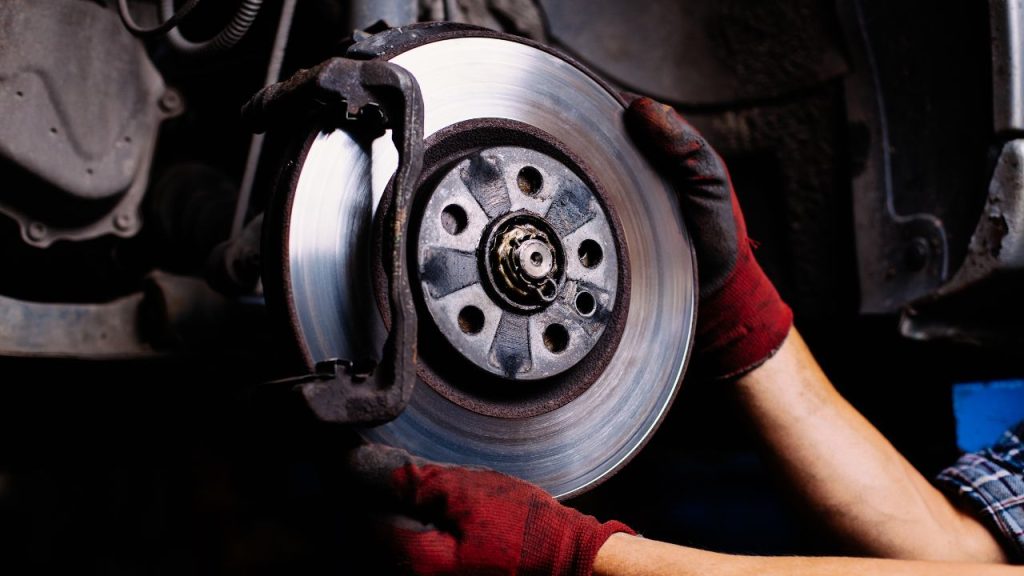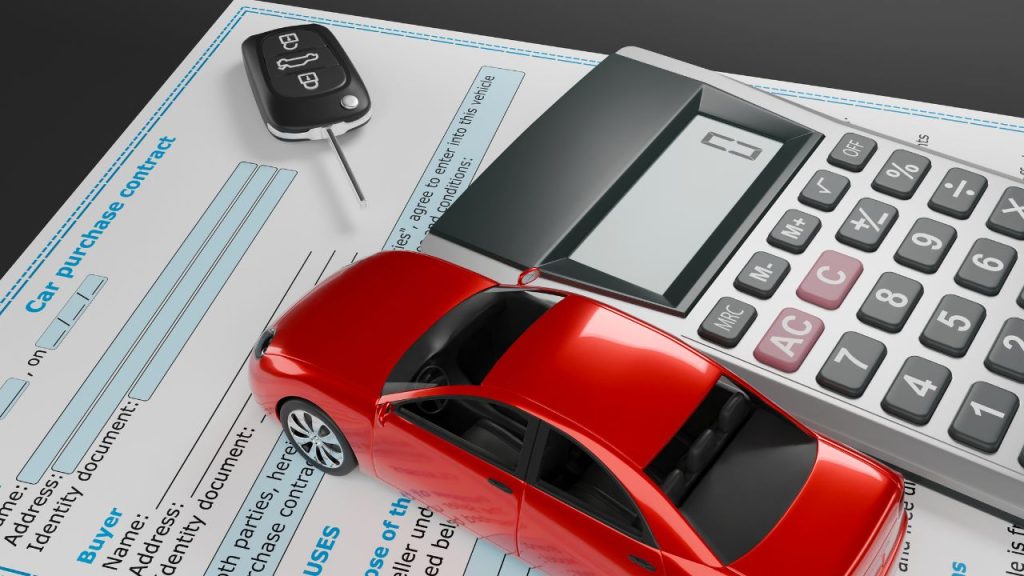The braking system is arguably the most critical safety feature in any vehicle, crucial for preventing accidents and ensuring safe travel. This guide provides an in-depth look at common indicators of brake problems and outlines practical advice for maintaining optimal brake performance.
Understanding the Braking System
Components of the Braking System
Every vehicle’s braking system comprises several key components:
- Brake Pads and Shoes: These create the necessary friction to slow down your car.
- Rotors and Drums: These work with the pads and shoes to stop the vehicle.
- Callipers and Wheel Cylinders: These apply pressure to the pads and shoes.
- Brake Lines and Hoses: These carry brake fluid that activates the system.
- Master Cylinder: This is the heart of the hydraulic system that manages fluid pressure to the brakes.
How Brakes Function to Stop Your Vehicle
When you press the brake pedal, the master cylinder forces brake fluid through the lines and hoses to the callipers and wheel cylinders. This fluid pressure causes the callipers and wheel cylinders to clamp the brake pads against the rotors or push the brake shoes against the drums, slowing the wheel and, consequently, the vehicle.
Warning Signs of Brake Problems
Unusual Noises: Squealing, Grinding, or Clicking
Hearing strange noises when you apply the brakes is often the first sign of trouble. Squealing may indicate that brake pads are wearing thin, while grinding could suggest that the pads have worn down completely, causing the metal to rub against metal.
Warning Lights: ABS or Brake System Warning Lights
Illumination of the brake system or ABS warning lights on your dashboard should not be ignored, as these are critical indicators that something is amiss with your braking system.
Physical Indicators of Brake Issues
Brake Pedal Issues: Sponginess or Hardness
If the brake pedal feels spongy, it often means air is in the hydraulic lines. Conversely, a hard pedal could suggest problems with the master cylinder.
Vehicle Pulling to One Side When Braking
This can be caused by uneven brake pad wear, a stuck calliper, or a collapsed brake hose, which can create a dangerous driving condition and should be inspected immediately.
Brake Pad Wear and Tear
How to Check for Brake Pad Deterioration
Visual inspection is the simplest way to check pad thickness. Most brake pads have a wear indicator that makes a high-pitched squeal when the pad wears down to a critical level.
Expected Lifespan of Brake Pads
Typically, brake pads need to be replaced every 50,000 miles, but this can vary depending on driving habits and conditions.
Rotor Deterioration and Issues
Signs of Worn or Warped Rotors
Symptoms of rotor problems include vibrations or pulsating when the brakes are applied. Warped rotors are caused by severe braking for prolonged periods, which overheats the rotors and causes them to deform.
Impact of Rotor Condition on Braking Efficiency
Warped or worn rotors can lead to decreased braking efficiency and increased stopping distances.
Brake Fluid Levels and Quality
Importance of Brake Fluid in the Hydraulic System
Brake fluid is essential for properly functioning the braking system, as it transfers the force of your brake pedal into pressure that stops the vehicle.
How to Check and Top Up Brake Fluid
It’s important to check your brake fluid periodically. If the level is low, top it up to the marked line on the reservoir. Always use the type of brake fluid specified by the vehicle manufacturer.
Hydraulic System Complications
Symptoms of a Leak in the Hydraulic System
Signs of a leak include reduced braking power and a brake pedal that goes to the floor.
Consequences of Hydraulic Fluid Contamination
Water and impurities in the brake fluid can reduce its effectiveness and cause corrosion in the braking system.
Emergency Braking System Failures
Rare but Critical Issues That Can Occur
While rare, complete brake failure is a terrifying prospect. It could be caused by severe fluid leaks or catastrophic hydraulic system failures.
Steps to Take If Your Brakes Fail While Driving
If you experience brake failure, try downshifting to lower gears, applying the parking brake gently, and using engine braking. Aim to steer to a safe spot and call for emergency assistance.
FAQs: Common Questions About Brake Problems
What is the most common brake issue?
How often should brakes be inspected?
Can driving habits affect the lifespan of my brakes?
Why do my brakes squeal when I apply them?
Can driving habits affect the lifespan of my brakes?
Our Final Thoughts
Maintaining your vehicle’s brakes is essential for safety and performance. Recognising early signs of brake problems and adhering to a regular maintenance schedule can help ensure your vehicle remains safe and reliable on the road.

Ciaran is an automotive enthusiast with a Bachelor of Arts Honours degree in Creative Digital Media from MTU in Ireland and over three years of experience in digital marketing. His unique background combines a love for storytelling with a strong grasp of engaging content creation, making complex car topics relatable and easy to understand. Through years of managing this blog, Ciaran has expanded his automotive knowledge while helping everyday drivers gain new insights.
Passionate about demystifying the driving world, Ciaran focuses on simplifying car trends, tech updates, and practical driving tips. He believes that everyone should feel confident and informed behind the wheel, offering content that empowers readers to make smart, well-informed decisions.




